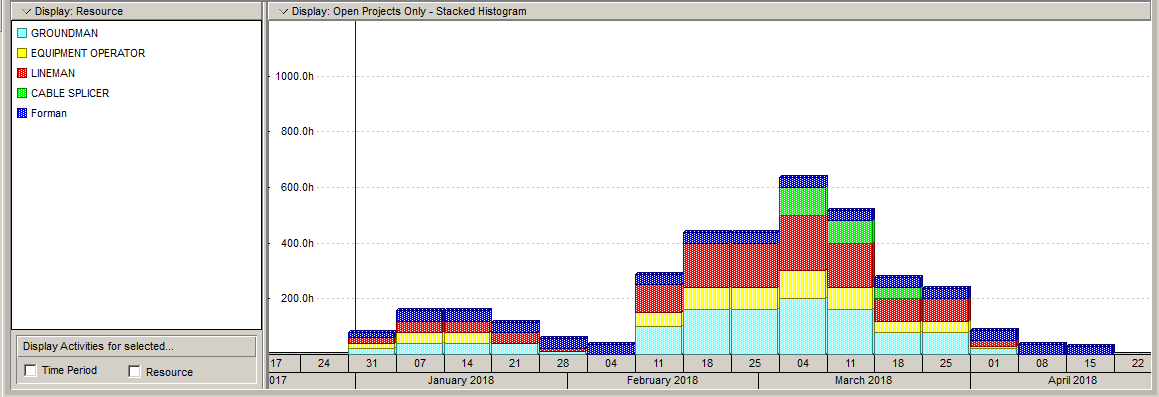
In other words, if the first row or the second row statement is true, give me those results.

The only thing left to do is make sure P6 understands that I want activities that are missing predecessors or successors. In the second row I have added the same statement for the successor value.

You might know that we can display predecessors as a column in the Activity Table, and if there are no predecessors for an activity then this cell would be empty.
Primavera p3 activities are all blank code#
This is the four letter character code assigned to this Activity code as its name ii. But Primavera P3 had a report similar to what we call the Schedule Log in. You can see the current activity codes at the Menu option Data Activity Codes. After all, why would I promote an activity to critical status solely because. The first row asks P6 to list activities where the predecessor value is blank. A.Blakey of 82 February 2002 6.2 Organising By Activity Code The second method of organising activities in Primavera is by Activity Code. Notice that I have two lines in my filter and that I have selected “(Any of the following)” when combing the two specified parameters. In the screen capture below I have created a simple filter to display activities with open ends. While this information can be gleamed from the Schedule Log (Tools > Schedule > View Log) this report does not graphically represent these activities. A filter will of course allow us to show these activities on the Gantt Chart, so that we know when and where these activities occur in the schedule. One of our training clients recently asked us to create a rather unusual filter showing “open ends”, or activities that are missing predecessors and/or successors.


 0 kommentar(er)
0 kommentar(er)
